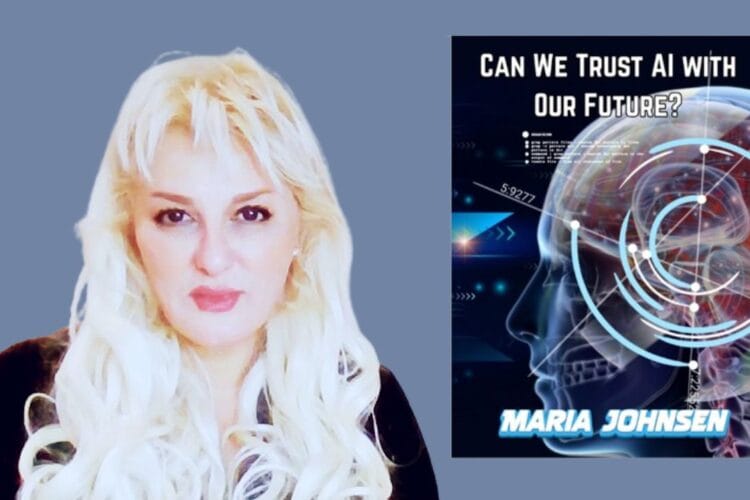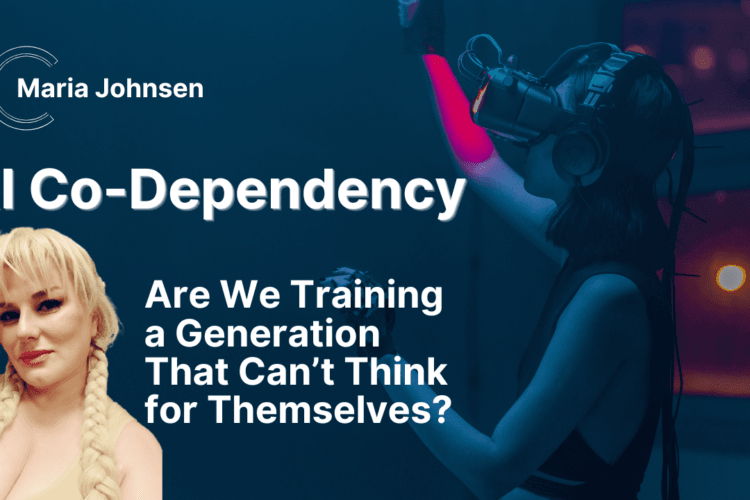
Super AI
Super AI and The Mathematics Behind Superintelligence
In this book, I take readers on a deep dive into the crucial role mathematics particularly calculus plays in the evolution of autonomous and superintelligent AI systems. As we edge closer to creating machines that can think and act independently, understanding the mathematical foundations behind these technologies becomes more essential than ever. My goal is to make this complex relationship between AI and mathematics accessible while maintaining a thorough and insightful exploration of the subject.
I carefully break down the mathematical models that power deep learning and neural networks key elements in AI’s ability to learn, adapt, and evolve. By simplifying intricate equations and algorithms, I reveal the mathematical precision behind every intelligent machine. Through calculus, linear algebra, and probability theory, AI systems gain the ability to process and interpret data on a scale far beyond human capability.
Beyond the technical aspects, I also delve into the ethical and philosophical challenges of creating superintelligent machines. How can we ensure AI aligns with human values and remains under control? I address these pressing concerns while highlighting the importance of responsible AI development. Additionally, I explore the immense computational power required to sustain such advancements, offering insights into the growing need for sophisticated computing resources.
For anyone curious about the intersection of mathematics, technology, and artificial intelligence, this book serves as both an educational guide and a thought-provoking discussion on the future of AI. By uncovering the mathematical foundations behind intelligent machines, I aim to inspire deeper conversations about the implications of creating autonomous, superintelligent systems.
Super AI and the Changing World

I take an in-depth look at the evolution of artificial intelligence and the profound implications it holds for humanity. I trace the journey from narrow AI systems to the emergence of superintelligent machines, offering a comprehensive exploration of how AI is reshaping industries and society at large.
I dive into the core AI technologies that are driving this transformation—deep learning, neural networks, and natural language processing—explaining how they enable machines to think, learn, and engage with the world. I also explore the rise of robotics and quantum computing, highlighting how these cutting-edge advancements will push AI into the realm of Super AI.
However, with this incredible potential comes great responsibility. I don’t shy away from addressing the critical challenges associated with developing such powerful systems. The book explores the risks of creating machines that could surpass human intelligence, alongside the ethical dilemmas that arise from wielding such power. I also delve into the social and political implications of AI, from economic disruptions to shifts in governance, and its potential to revolutionize sectors like healthcare.
Ultimately, I invite readers to reflect on the path we’re on with artificial intelligence. Is Super AI a utopian dream, or is it a dystopian nightmare in the making? This book challenges you to think deeply about the future of AI and its potential impact on society.
Super AI and Its Impact on Industries
Super AI delves deep into the social, economic, and political implications of artificial intelligence. From shifts in the workforce and privacy concerns to AI’s role in global competition, I offer a thorough analysis of how Super AI could reshape every aspect of society.
I also invite readers to reflect on the broader philosophical questions raised by AI’s rise. Could machines one day surpass humans in intelligence? If so, what would that mean for humanity’s future? Super AI not only provides a technical understanding of AI, but also offers a thought-provoking exploration of its role in our ever-changing world.
For anyone curious about the future of AI, this book provides a comprehensive and insightful perspective on where technology is heading and what it could mean for all of us.
Additionally, I explore the potential for AI to spread wealth more equitably among individuals—not just as an aspiration, but backed by mathematical equations and tangible proof. By harnessing AI’s capabilities, we can develop robots with human-like cognition, creating a future where technology drives equitable prosperity for everyone.
What this book is all about?

Over the past six months, I’ve poured my efforts into this book about Super AI, exploring its evolution, implications, and the future of artificial intelligence. I begin by introducing the concept of Super AI, tracing the journey of AI from narrow, specialized applications to the potential emergence of superintelligent systems. I examine the key characteristics of Super AI, compare it to the human brain, and establish the philosophical foundations, along with the mathematics and algorithms behind its development.
I dive into the core technologies like deep learning, neural networks, natural language process, and computer vision explaining how they enable machines to perceive and interact with the world. I also discuss robotics, autonomous systems, and the growing role of quantum computing in advancing Super AI.
Throughout the book, I tackle the major challenges, such as AI alignment and control problems, ethical considerations, bias, and the immense computational power required for Super AI. I explore how society could be affected economic disruptions, workforce changes, privacy concerns, and the political challenges of governance. I also look at how Super AI could revolutionize healthcare, promote social good, and fuel global competition.
I raise philosophical and existential questions about humanity’s future in a world where machines could surpass human intelligence. I delve into concepts like the technological singularity, post-humanism, and what meaning might look like in an AI-driven world. Ultimately, I reflect on the potential for both utopian and dystopian futures as Super AI develops, inviting readers to consider the complex relationship between humans and intelligent machines.
In the book, I also present my vision for spreading wealth by applying algorithms to create new jobs for humans. As robots increasingly take over tasks traditionally performed by humans, we need to focus on education, preparing individuals for specialties that will remain necessary in this new landscape to avoid economic challenges.



